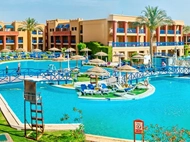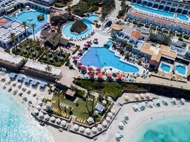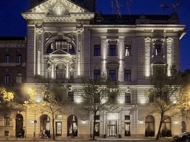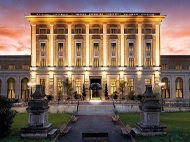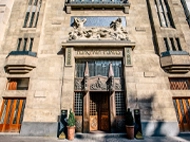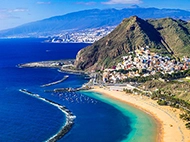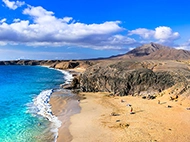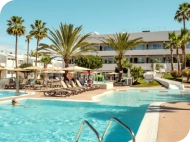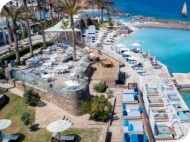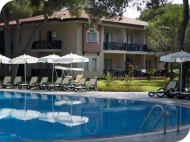
Carthage Ruins In Tunisia
On the Gulf of Tunis, in northern Tunisia, the famous Carthage Ruins are ready and waiting for you to discover. This ancient archaeological site dates all the way back to 900 BC. It's a fascinating sight and an absolute must-visit for culture vultures. Now a UNESCO World Heritage Site, this former trading empire spanned most of the way along the Mediterranean coastline.
It's said to be one of the earliest Phoenician settlements in the region. By the early 2nd century it had become the third largest city in the whole of the Roman Empire. If you haven't quite got around to visiting Rome yet on your travels, this is a good alternative and has plenty of charm of its own.
Byrsa Hill
Our top tip: if you're taking a trip to the Carthage Ruins, Byrsa Hill is a good place to start your exploration. This hill was right at the heart of the ancient city, and since the 19th century it's been crowned by the impressive Cathedral of St Louis. This cathedral is dedicated to King Louis IX who died in in 1270, during the siege of Tunis. Today, Byrsa Hill is also home to the Carthage National Museum, where you'll find exhibitions and information about the history of this area. From here you can also get a great view out over the harbour and out to sea, so make sure you bring your camera.
Antonin Baths
The Antonin Baths are one of the site's main attractions, and the scale of them is just unbelievable. In fact, they're the biggest Roman baths to be found anywhere outside Rome itself, and the largest in North Africa. Built over 20 years from 145 to 165 AD, these thermal baths are made up of various rooms and chambers including the Frigidarium (cold room), Caldarium (hot room) and Tepidarium (hot bath). They would have originally been spread over many stories with grand décor, brightly painted walls and lined with frescos, but today you can mostly see only the lower level. You'll find them close to the presidential Carthage Palace, against a beautiful ocean backdrop.
The Archaeological Park
Located just behind the baths, you'll see the Archaeological Park. Here you'll find an amazing rectangular grid, which clearly shows the layout of Carthage's residential streets. You can also see graves dating back to the 5th and 6th centuries, the 6th century Basilica of Douim ès, and the 7th century underground burial chapel known as Chapelle Sainte-Monique. Keep an eye out for the remains of Roman cisterns all over the park, as well as limestone ”cannonballs' which the Carthaginians used during their frequent fights with the neighbours.
Theatre and Roman villas
Make your way to Avenue Reine Didon and you'll discover the Roman theatre, which dates back to the 2nd century. It's built into the hillside, facing the sea, and features seating for around 5,000 spectators. Next to it is the Park of the Roman Villas. This site was once a cemetery (you can still see some of the graves) before wealthy Romans had elegant villas built here. Look out for one house that dates back to the 3rd century called Villa des Voli ères. It's been restored, and you'll get brilliant views over Carthage, the Presidential Palace, and out to sea from the terrace.
The amphitheatre
The expansive Roman amphitheatre at the Carthage Ruins dates back to the end of the 1st century. It was once a major Roman stadium, featuring a five-storey structure with seating for around 35,000 spectators. This giant arena was sometimes flooded, and mock naval battles (complete with galleys and ships) were put on for the entertainment of the townsfolk. Most of the amphitheatre has now been destroyed, apart from the foundations and some of the underground rooms. It's believed that there was also a Roman circus located close to the site of the amphitheatre, which held double the number of spectators, but, this has been lost to history.
How to get there
You'll find the breathtaking Carthage Ruins just 15km north of Tunis. You can drive here, or if you're taking public transport from the Ville Nouvelle in Tunis, you can take the TGM light rail to Carthage-Dermech or Carthage-Hannibal. When you arrive, the Carthage Ruins are only a short walk away. Whether you're staying nearby or not, it's well worth the trip, because there aren't many places on the planet quite like Carthage.
Ruins in the Roman empire might be ten-a-penny, but Carthage is genuinely special, and has a unique feel that's unlike any other Roman ruin you'll find anywhere else. There's more than enough to squeeze into a day trip, and if you have time you can take a stroll around modern Carthage itself. It's a busy suburb with lots of eateries to choose from, and a world away from the ancient ruins of its predecessor.
More Things To Do ideas
Find more Things To Do in Tunisia: Famous films sets in the Sahara | El Djem Amphi Theatre | Great Mosque of Kairouan | Medina of Tunis and Sousse

Best hotels in Tunisia
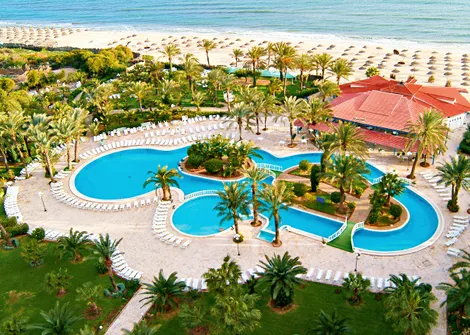
Riadh Palms
Tunisia, Sousse
4874 reviews
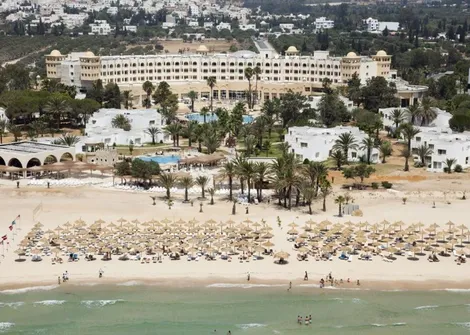
Steigenberger Hotel Marhaba Thalasso
Tunisia, Hammamet
3572 reviews
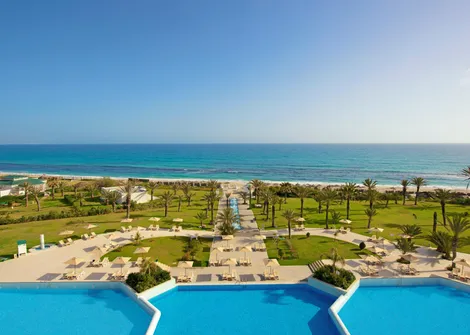
Iberostar Selection Royal El Mansour
Tunisia, Mahdia
6223 reviews
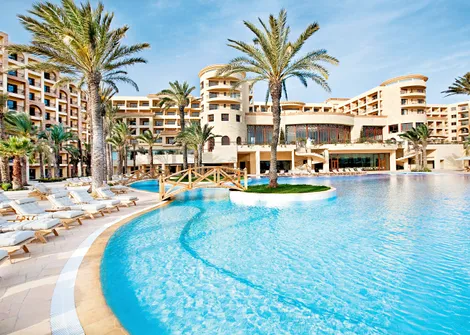
Movenpick Resort & Marine Spa Sousse
Tunisia, Sousse
4437 reviews
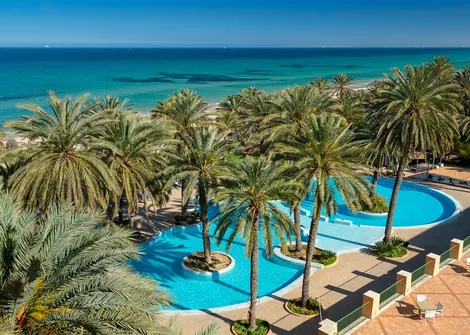
El Ksar Resort and Thalasso
Tunisia, Sousse
2516 reviews
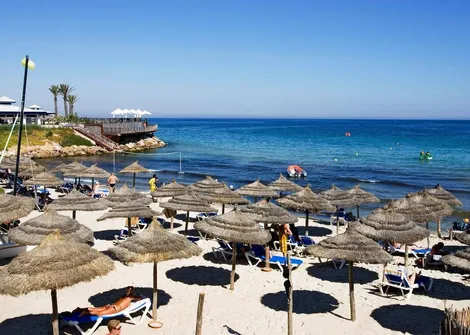
Regency Monastir Hotel & Spa
Tunisia, Monastir
1506 reviews
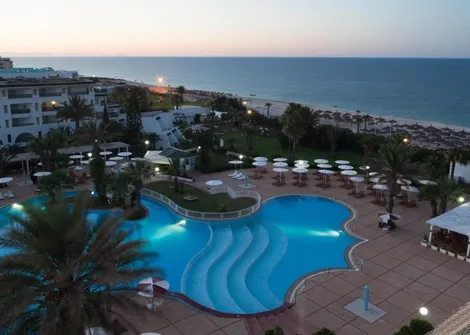
El Mouradi Palm Marina
Tunisia, Sousse, Port El Kantaoui
2552 reviews
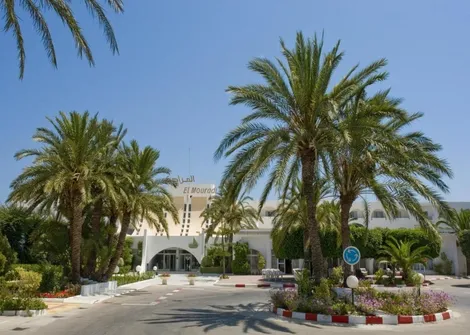
El Mouradi Port el Kantaoui
Tunisia, Sousse, Port El Kantaoui
1098 reviews
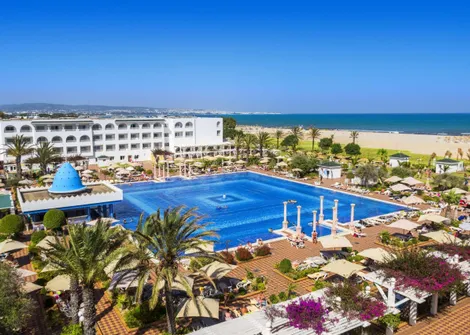
Occidental Marco Polo
Tunisia, Hammamet
3292 reviews
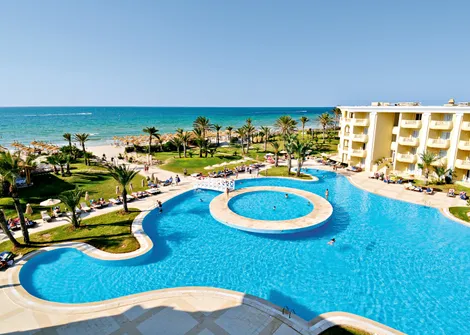
Royal Thalassa
Tunisia, Monastir, Skanes
3162 reviews
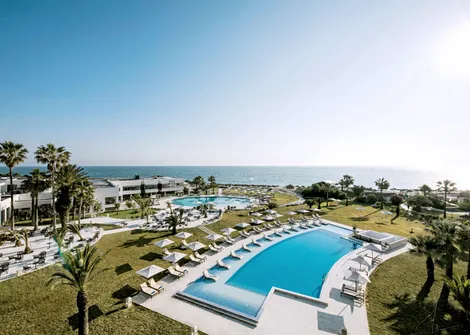
Iberostar Selection Diar el Andalous
Tunisia, Sousse, Port El Kantaoui
3784 reviews
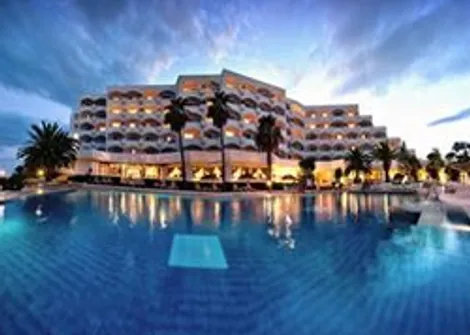
Golden Tulip Hammamet President
Tunisia, Hammamet
2659 reviews
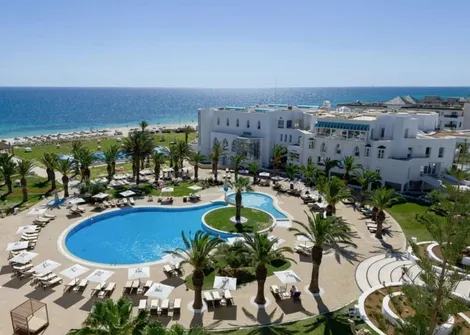
Iberostar Selection Kantaoui Bay
Tunisia, Sousse, Port El Kantaoui
3619 reviews
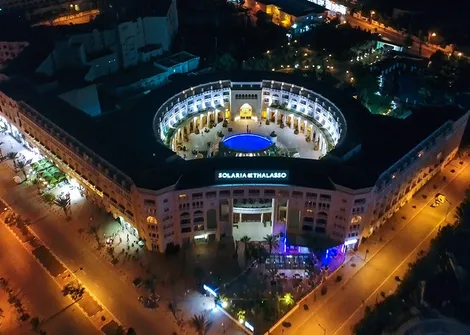
Medina Solaria & Thalasso Hotel
Tunisia, Hammamet, Yasmine Hammamet
4123 reviews
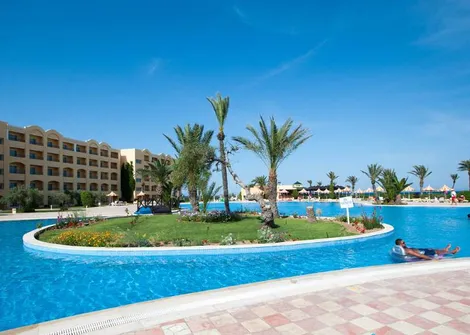
Nour Palace
Tunisia, Mahdia
2701 reviews
